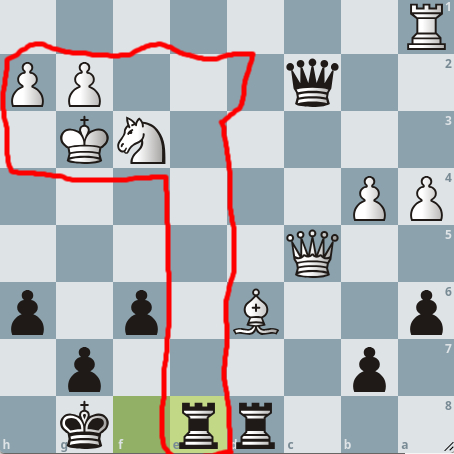ChemcoolChess


During a recent game, my opponent placed their white Rook on g4. I was baffled, thinking, "Why would he/she place the Rook there just to have it captured?" Caught in the grips of tunnel vision, I seized the Rook with my black Queen, only to realize, too late, the white Bishop lurking on h7. The oversight was so glaring that I resigned instantly.
The memory of this game is etched in my mind, a vivid reminder of how tunnel vision can cloud judgment. This wasn't my first experience with tunnel vision, but this particular loss motivated me to develop a tunnel vision prevention application.


